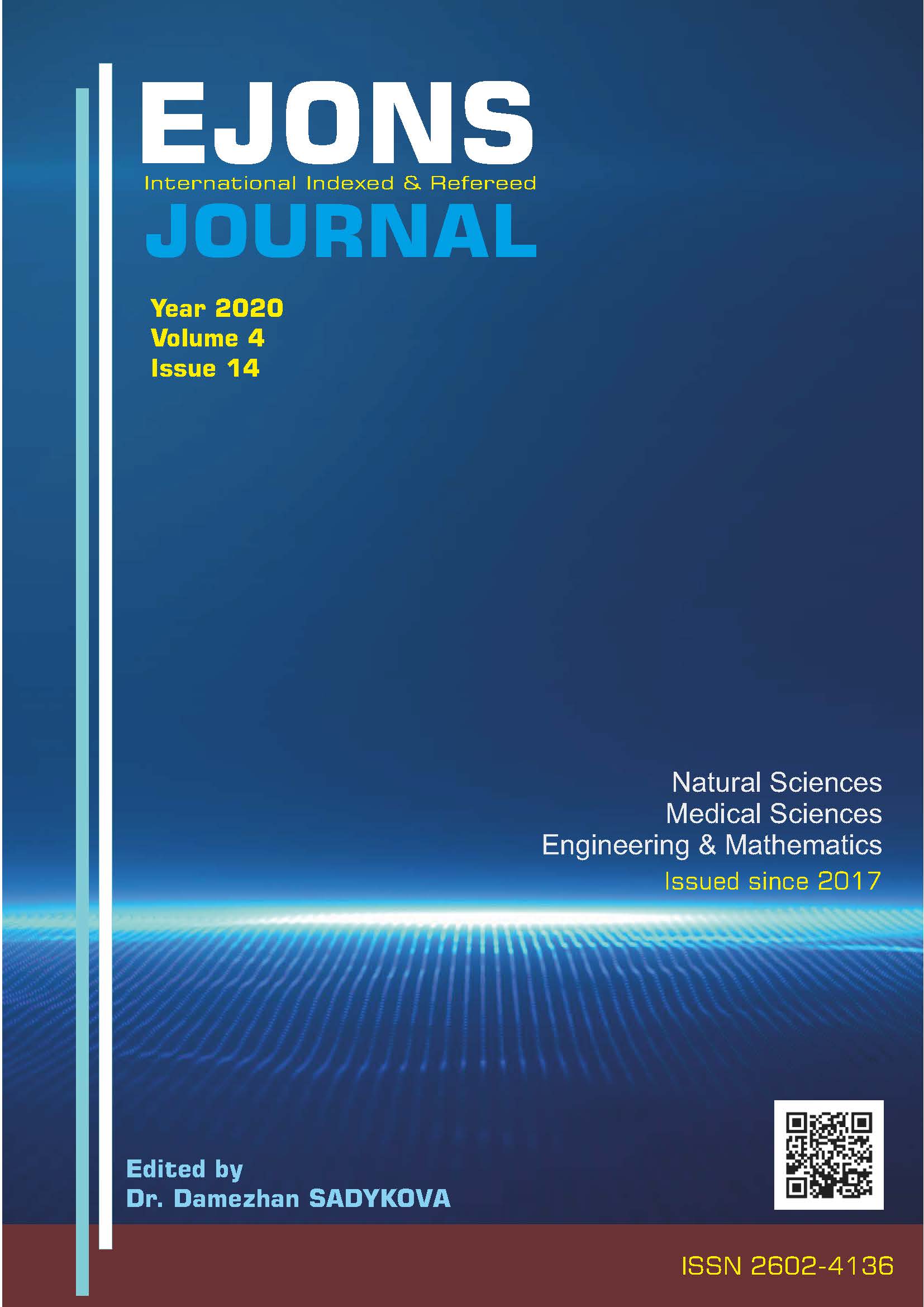Evaluation of the otolaryngologists' perspectives on phytotherapy
DOI:
https://doi.org/10.38063/ejons.233Keywords:
Phytotherapy, herbal medicine, otolaryngologyAbstract
Phytotherapy is a form of treatment used as an alternative or complementary to the existing treatment, which has become more and more popular in recent years. The aim of this study is to evaluate the views of phytotherapy in otolaryngologists. This cross-sectional descriptive study was completed in December 2019, by obtaining the consent of 110 specialist otolaryngologists in one-on-one questionnaire. The results were examined in terms of percentage and statistically, and whether there was a statistically significant difference sociodermographically. 110 physicians from 8 provinces participated in the study and the average age was 38.2. Of the group, 48 were male (43%) and 62 were female (57%); 60% stated that they recommend phytotherapy to their patients, 40% stated that they do not recommend. Physicians who recommended phytotherapy did not show a statistically significant dermographic difference in terms of gender and age compared to physicians who did not recommend. 50% of the physicians recommended for throat diseases, 24% in the nose and 26% in the ear area, the most recommended treatment was linden tea, sambucus nigra extracts, St. John's wort oil, sage and rosehip. 18.1% of the physicians stated that they asked the history of using herbal products during the anamnesis they received from their patients. Obtaining a scientific data showing the point of view of otolaryngologists about phytotherapy will encourage the correct and effective use of phytotherapy in the future. Evidence-based, more scientific aspects among physicians will further increase the use of phytotherapeutic drugs.
Downloads
Published
How to Cite
Issue
Section
License

This work is licensed under a Creative Commons Attribution-NonCommercial 4.0 International License.


